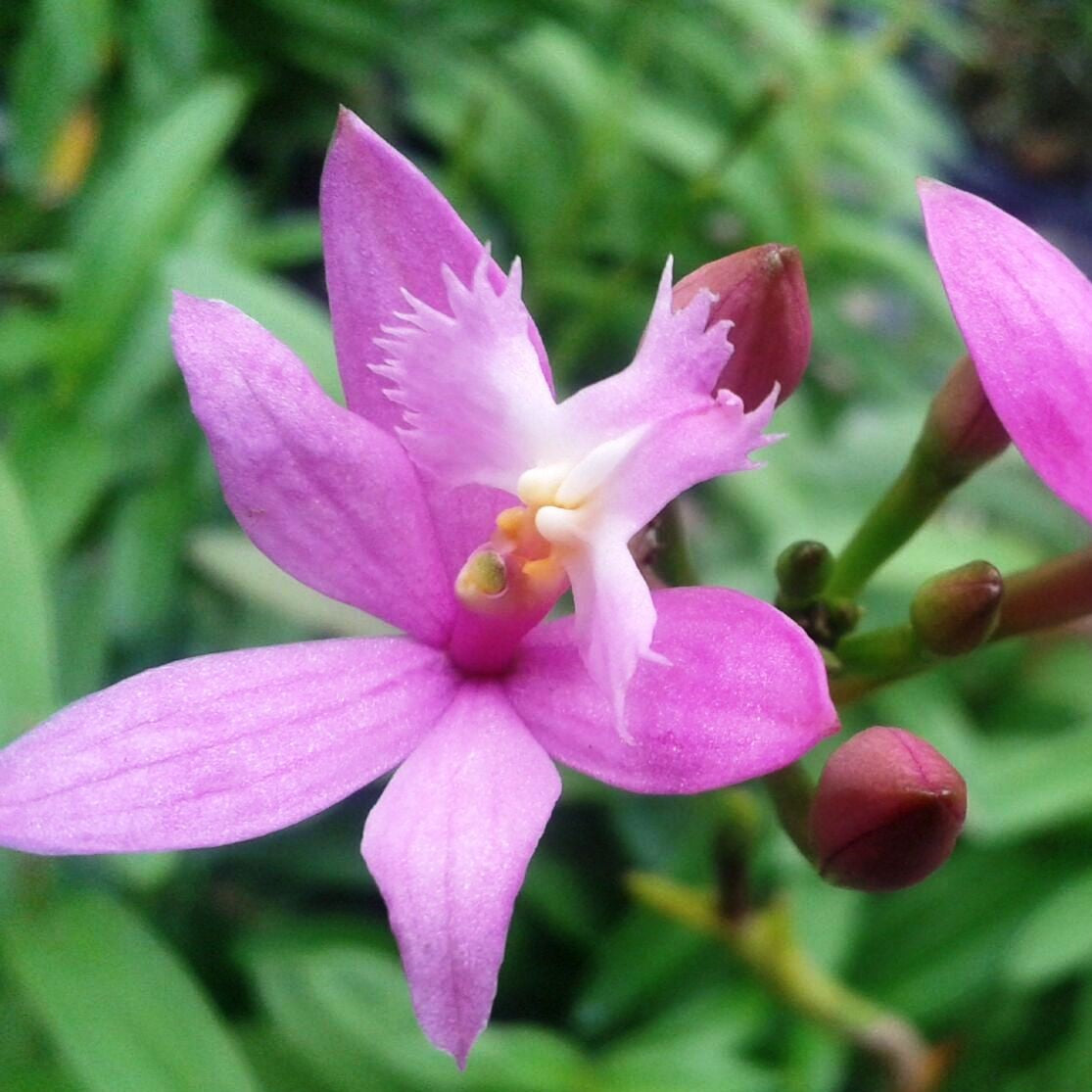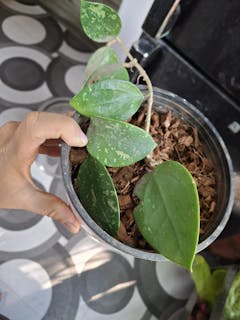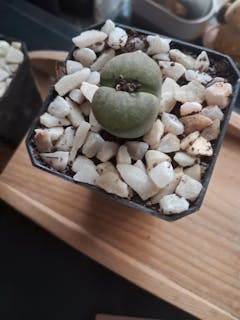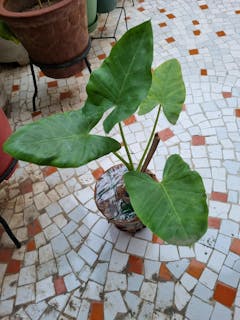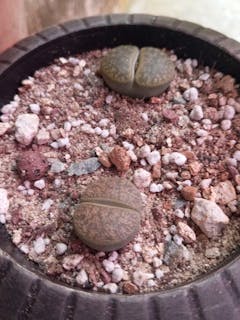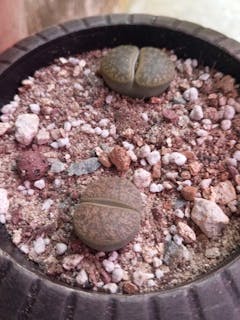eh-pee-DEN-drum Orchid
Family
Origin
Mexico
Description
Epidendrum hybrids, sometimes called the poor man's orchid, is one of the most prolific groups and one of the easiest orchids to grow. Epidendrums have reed-like stems that are fairly similar in appearance to the Dendrobium orchid s cane stems. These inflorescences are long and produce brightly colored bunches of flowers in shades of orange, red, yellow, lavender, or fuchsia.The tall, thin, reed-like growths constantly put forth new plantlets. It has an upright, clumping growth habit with roots emerging from the base of the stems, at or below soil level. They are relatively free of insects and flowers reliably throughout the year.
The leaves of epidendrum orchids which grow up the cane are leathery and the small, beautiful one inch mini cattleya shaped flowers appear in a globular heads of 30 to 40 flowers at a time. The long-lasting blooms are borne at the top of a long spike. Many species have a fragrance. After flowering, the spike may be left on the plant and it will generally flower again in a few months. The spike is also prone to producing a keikis (baby plant) after flowering. Once these keikis develop their own 2- to 4-inch-long roots, they can be detached and planted individually.
Environment
Epidendrum orchids needs bright light and can be grown in any fine-textured orchid mix. They can tolerate wide range of temperatures and are able to stand temperatures in the 100 range without suffering.
Epidendrum orchids should be watered regularly and abundantly. As a rule of thumb, you will want to water more frequently (approximately every 4-5 days) during the warmer months and less frequently (once a week) in the cooler months. During the growing season they require plenty of water and fresh air. Don't let the plants completely dry between watering.
Potting & Media
Grow these orchids in small deep pots to accommodate the large furry root system. Pot them in bark, perlite, charcoal along with sphagnum moss to retain moisture. Alternatively, substitute bark with coconut husk chips as they do not break down as quickly. Just be sure to wash coconut husk chips very well to get rid of any remaining salt before potting. Salt will burn orchids roots.
Fertilize
Fertilize orchids with 50% dilution of 30-10-10 orchid fertilizer. Fertilize after every four days in their growing season that starts in spring and ends in fall but during winter. As a rule of thumb, orchids need to be fertilized only once a month. When fertilized regularly they respond immediately with denser flower spikes, greener, stronger leaves and more robust roots.
Landscape Use
Help Tips
https://www.youtube.com/watch?v=62EBBitQYO8

